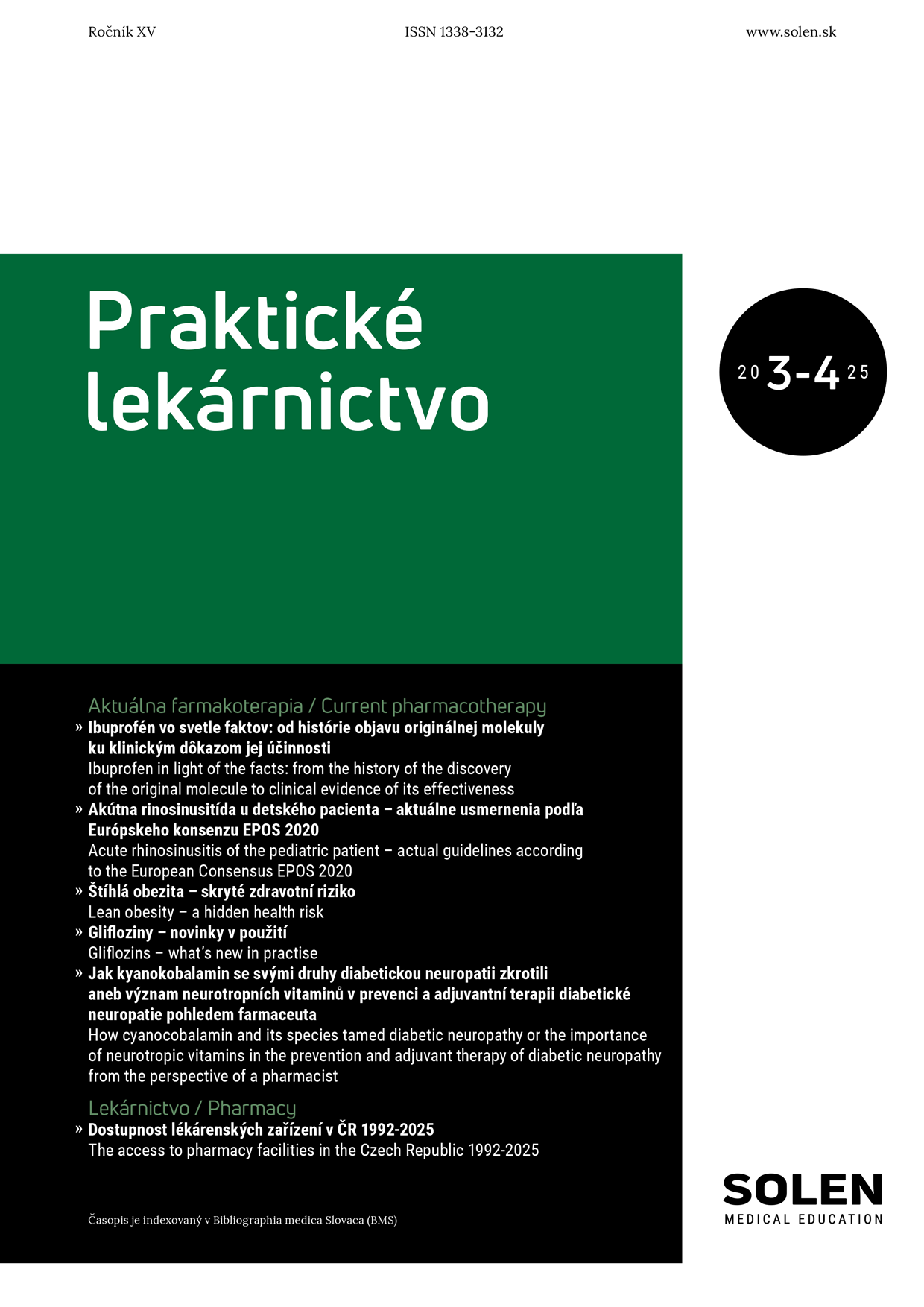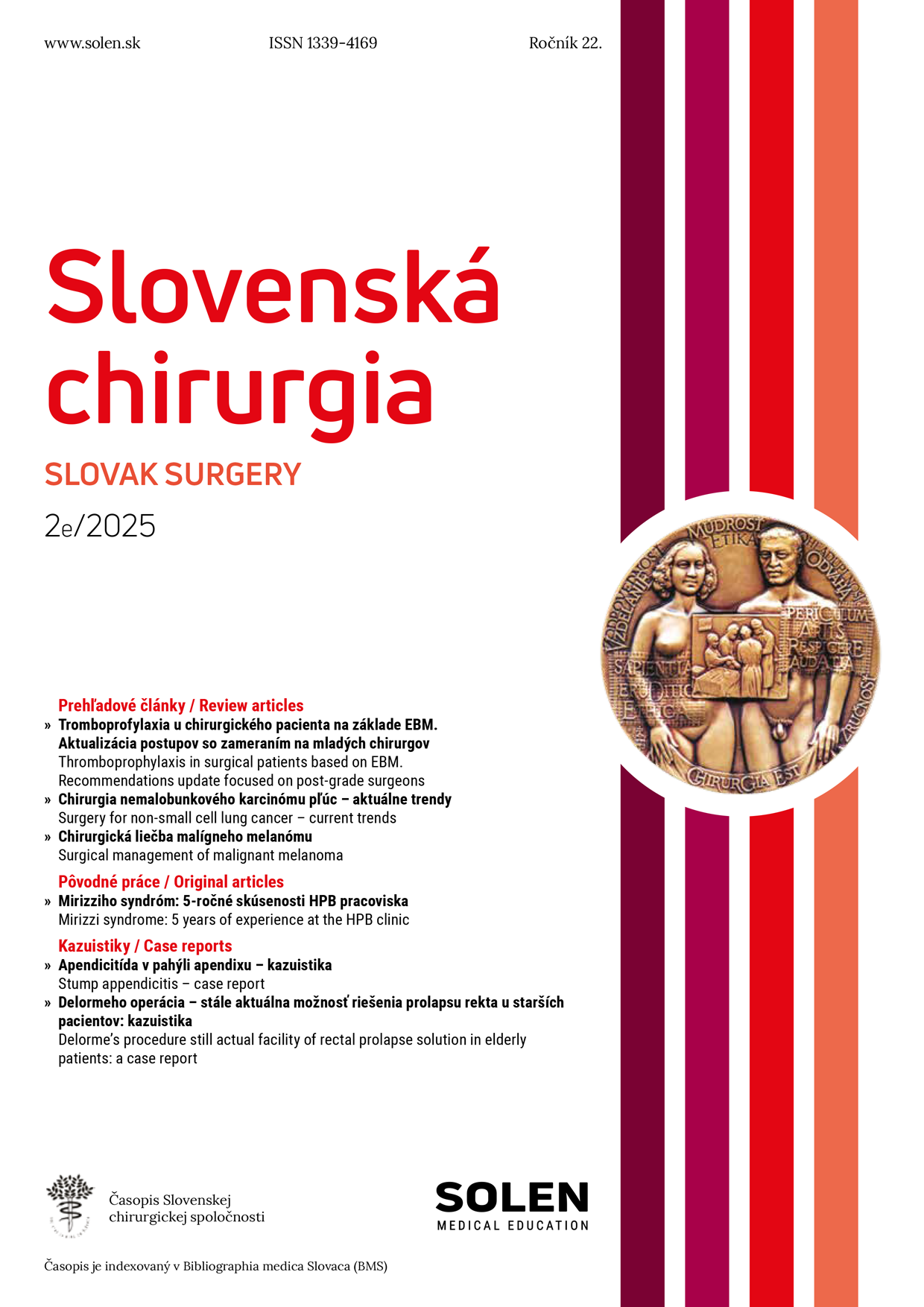Dermatológia pre prax 4/2009
Basal cell cutaneous carcinoma: clinico-morphological analysis of cases diagnosed during a 1-years period
Basal cell cutaneous carcinoma (BCC) is recently the most common malignant tumour with continuously rising incidence. Histologically, it represents a spectrum of several types and variants, which differ in morphological picture and even in clinical manifestation. The aim of this contribution is analysis of basic histomorphological and clinico-pathological findings of all cases BCCs diagnosed during a 1-years period. The present study consisted of 205 cases of BCCs from 176 patients. The male : female rate was 77 : 99, mean age of patients was 68.3 years (range 30 - 97 y.) without a significant gender difference. The skin samples were obtained by surgical excisions, and routinely histologically processed. The most frequent site of tumours was a head (145 cases; 70,7 %), mostly in facial parts (95 cases; 46,3 %). Extrafacial regions of the head represented 50 cases, trunk 31 cases, extremities 21 cases, and neck 8 cases. The most common histological type was represented by nodular BCC (99 cases; 48.3 %), the second was nodular BCC with infiltrative component (27 cases; 13.2 %). Infiltrative growth variants predominated on head and neck regions, less commonly on the extremities, and there was found no case on the trunk. Superficial type of BCC occured just partially more frequently on the trunk. We recorded 6 cases of tumour recurrences during observed period. Because of different biological behaviour of various types of BCC, there is necessary stratification of patients based on individual prognostical parameters and thus selection the most endangered individuals. Recently, there are increasing demands on creation of classification systems, that would not be based just on the spectrum of histomorphological findings of carcinoma, but that would consitute also individual prognostic and predictive parameters of disease.
Keywords: basal cell carcinoma, biological behaviour, aggressive and indolent types

















